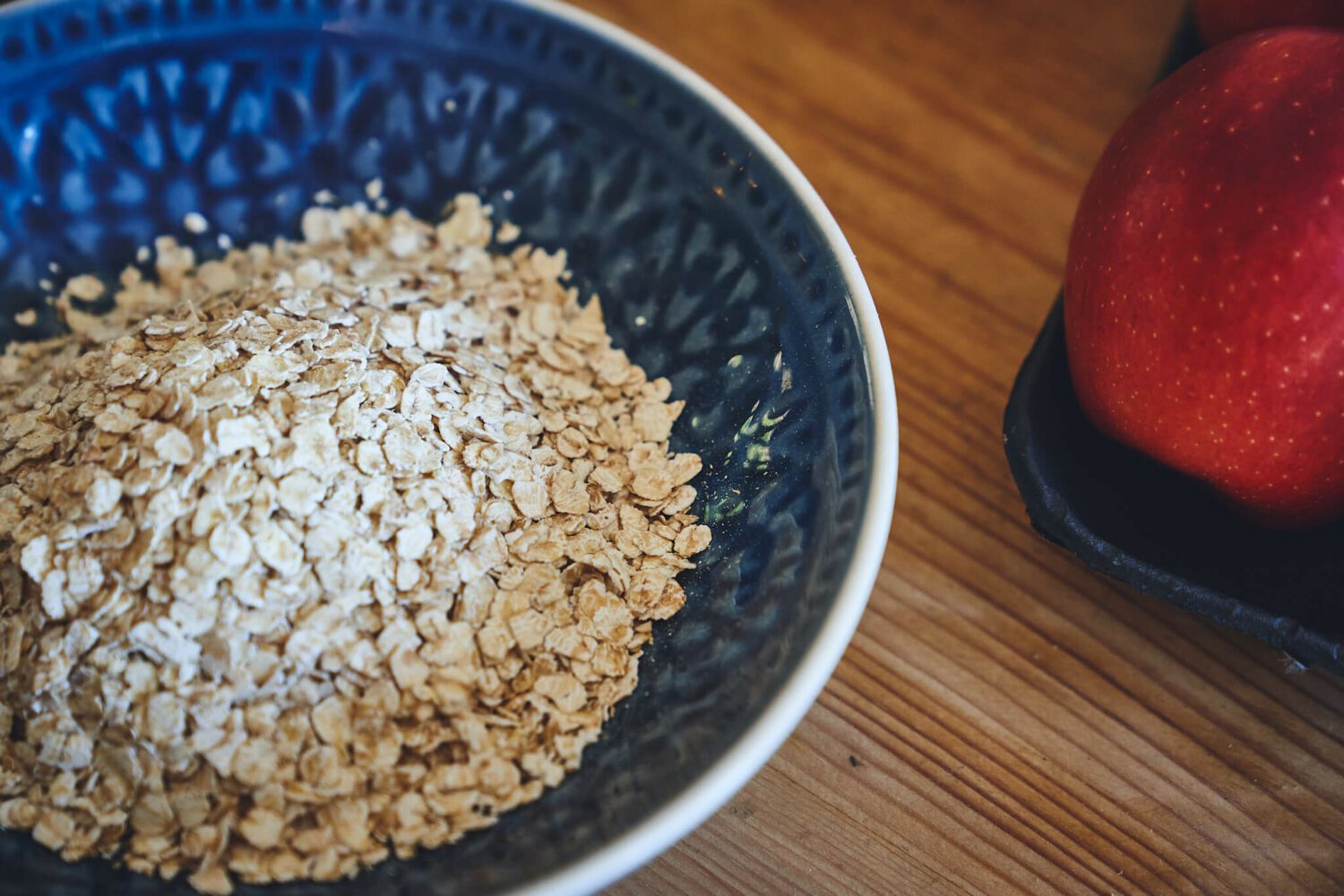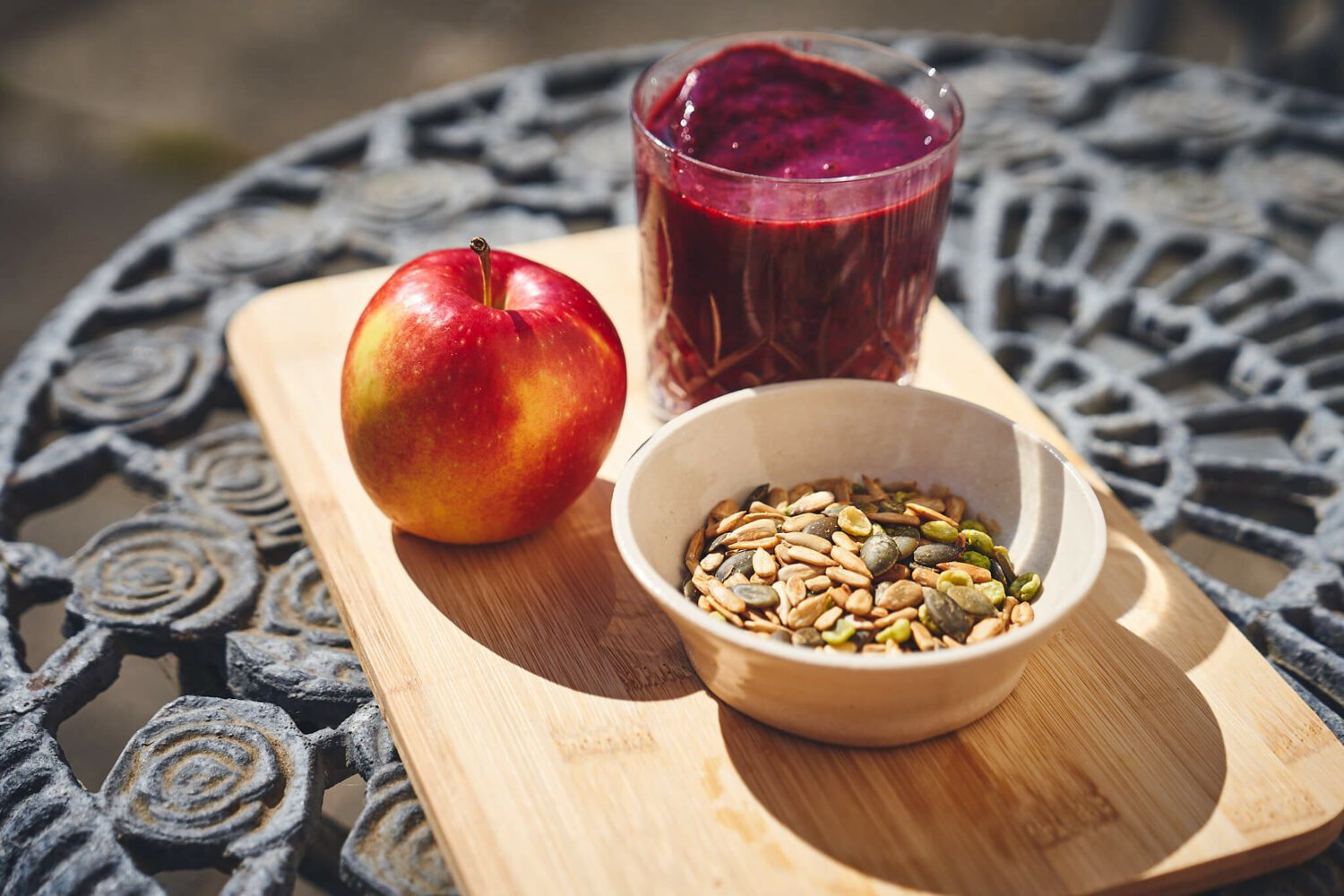

Understanding High Performance Nutrition for Athletes
As an athlete, you’ll understand that food is your fuel. Ensuring you get the right amounts of nutrients from your diet can help you to perform at your best and recover efficiently.


As an athlete, you’ll understand that food is your fuel. Ensuring you get the right amounts of nutrients from your diet can help you to perform at your best and recover efficiently.
This post takes you through three key elements of every athlete’s diet: carbohydrates, protein and fat. The post is authored by Human Kinetics and adapted from Lauren Antonucci’s High-Performance Nutrition for Masters Athletes.
Carbohydrate is stored in the liver and muscles and are critical for optimising athletic performance in both short-duration, high-intensity exercise and prolonged exercise.
When inadequate carbohydrate is available for the central nervous system, the consequences include impaired motor skills, decreased concentration, altered pacing capabilities, an increased rating of perceived effort (RPE), and, of course, fatigue—none of which serve to improve athletic performance.
To avoid all of the aforementioned consequences of carbohydrate depletion, carbohydrates should generally comprise the highest percentage of an athlete’s overall intake compared to protein and fat. Specific recommendations for carbohydrate intake vary by sport, athlete body size, training and competition load, pacing, and intensity of work.

Which end of the carbohydrate intake range suits a particular athlete depends on several factors, including weight loss or weight gain goals, training intensity, and overall performance goals. For athletes in a base phase of training who are doing shorter, low-intensity training and may want to work toward weight loss, the lower end of the carbohydrate intake range may suffice. Then, as either the intensity or duration of total exercise increases, an athlete will want to increase total carbohydrate intake to ensure both adequate fuelling for training sessions and optimal recovery between sessions.
The timing of carbohydrate intake is important for both performance and recovery. There is an abundance of research on consuming carbohydrates before, during, and after exercise, and these research findings reveal nutritional strategies for improving athletic performance. Additionally, carbohydrate intake should be spread throughout the day in order to increase carbohydrate availability for training sessions and competitions as needed.
Providing your body with adequate protein (and overall energy and nutrition) will help to support your training demands, tissue turnover, metabolic adaptation, repair, immune function, and cognition. We also require more protein as we age.
You may be asking yourself how to figure out how much protein you need each day. The answer to that depends on two main factors: your current body weight and your overall nutrition and physique goals. It has been shown that 1.3 to 1.7 grams of protein per kilogram of body weight per day plus resistance-training exercise can lead to increases in both muscle mass and strength (Burke et al. 2019). The table below shows the protein needs for athletes by body weight.
| Protein needs | 120 lb (54 kg) athlete | 160 lb (73 kg) athlete | 200 lb (91 kg) athlete |
| 0.8 g/kg (0.4 g/lb) body weight/day | 44 g | 58 g | 73 g |
| 1.0 g/kg (0.5 g/lb) body weight/day | 55 g | 73 g | 91 g |
| 1.2 g/kg body (0.5 g/lb) weight/day | 65 g | 87 g | 110 g |
| 1.6 g/kg (0.7 g/lb) body weight/day | 87 g | 116 g | 145 g |
| 1.8 g/kg (0.8 g/lb) body weight/day | 98 g | 130 g | 164 g |
| 2.4 g/kg (1.1 g/lb) body weight/day | 130 g | 175 g | 218 g |
Table from High-Performance Nutrition for Masters Athletes
Dietary fat not only provides us with essential energy, but also allows us to absorb fat-soluble vitamins. It is integral in hormone production, provides us with essential nutrients that we require in order to continue to make cell membranes, and last, but certainly not least, provides us with delicious tastes and satiety after eating.
All fats have a combination of polyunsaturated, monounsaturated, and saturated fatty acids, albeit in different amounts.
Poly- and monounsaturated fat include those that are typically liquid at room temperature but solid when refrigerated or chilled. These are often referred to as healthy fats, and they include the omega-3 and omega-6 fatty acids that have been shown to reduce the amount of LDL (bad cholesterol) in our bodies, thus lowering our risk of heart disease, stroke, and diabetes (American Heart Association 2017).

The American Heart Association also recommends limiting saturated fat to 5 to 6 per cent of total caloric intake per day and eliminating trans fat as much as possible, ideally down to zero, due to their undesirable ability to increase LDL and decrease HDL, which then increases our risk of heart disease, stroke, and type 2 diabetes.
The table below shows examples of sources of the various types of fats and the ones it is recommended to eat more or less of.
| EAT MORE | EAT LESS | ||
| Foods high in monounsaturated fat | Foods high in polyunsaturated fat | Foods high in saturated fat | Foods high in trans fat |
| Nuts
Olive oil Canola oil Olives Avocados Peanut butter Safflower oil Sunflower oil |
Fatty fish (salmon, mackerel, herring, sardines, trout)
Walnuts Flaxseeds Eggs fortified with omega-3 Seeds (flax, chia, hemp) Canola oil Tofu |
Coconut oil
Palm oil Kernel oil Animal meat Milk, whole or 2% Cheese Butter Cream Poultry skin Some store-bought baked goods Fried foods |
Foods with partially hydrogenated oils
Margarine Store-bought baked goods Fast food and fried foods |
Table from High-Performance Nutrition for Masters Athletes
Dietary fat oxidation rates and needs will vary by athlete, sport, and training phase or block, but two facts remain true: fat continues to be a major fuel source for athletes, and adequate intake is imperative for performance and recovery to decrease inflammation and for longevity in sport.
Learn more about your nutrition needs as an athlete in Lauren Antonucci’s High-Performance Nutrition for Masters Athletes. Future Fit Training members can get 20% off using their Human Kinetics discount code.